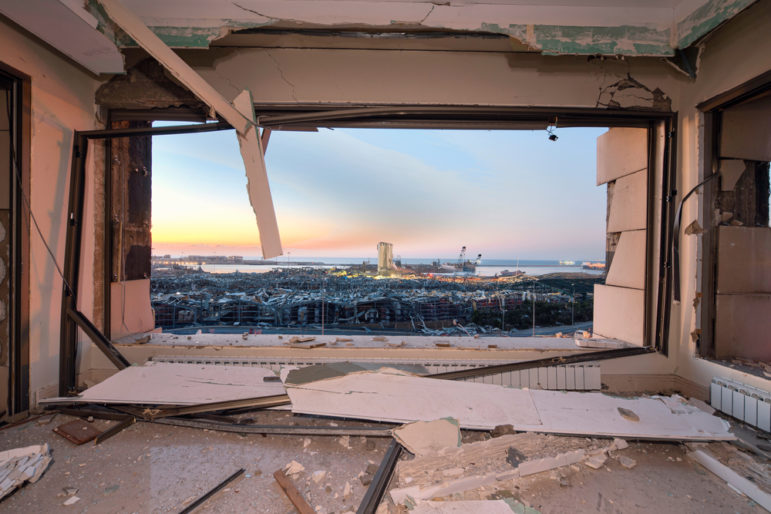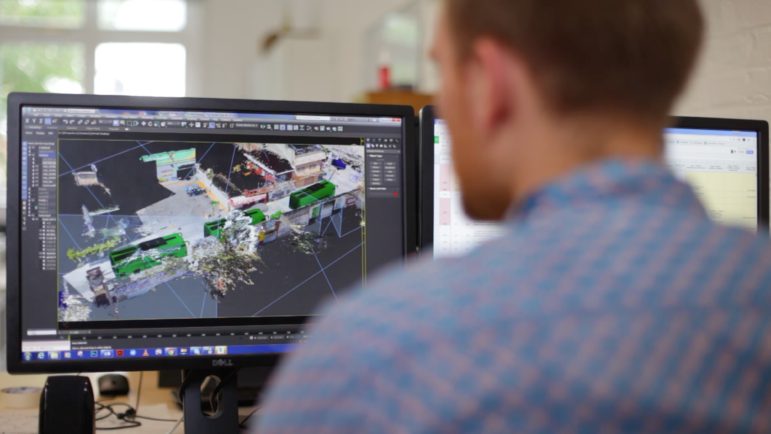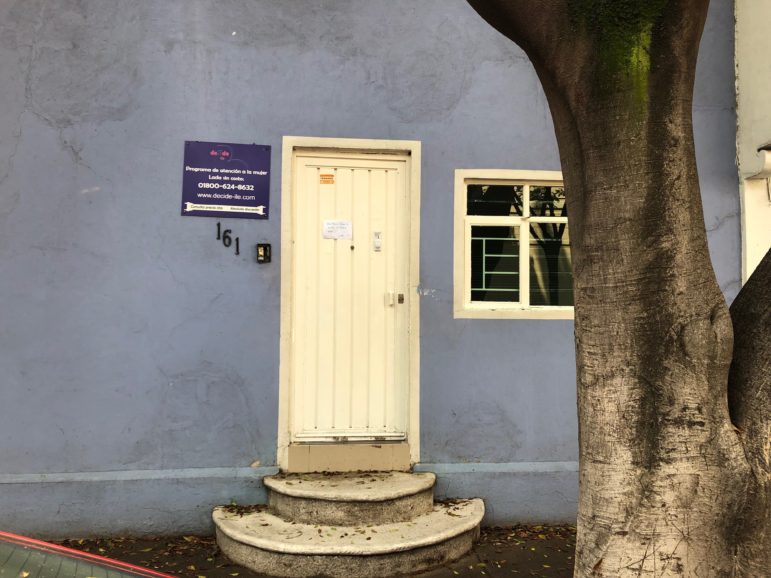
Case Studies News & Analysis
Using Comics, Music, and Theater to Bring Investigative Journalism to New Audiences
Investigative journalism has to compete in a crowded media landscape, in constant competition with other forms of creative content. At GIJC21, investigative reporters who have innovated with innovative storytelling formats shared tips for other outlets interested in using music, theatre, and comics to reach new audiences.









